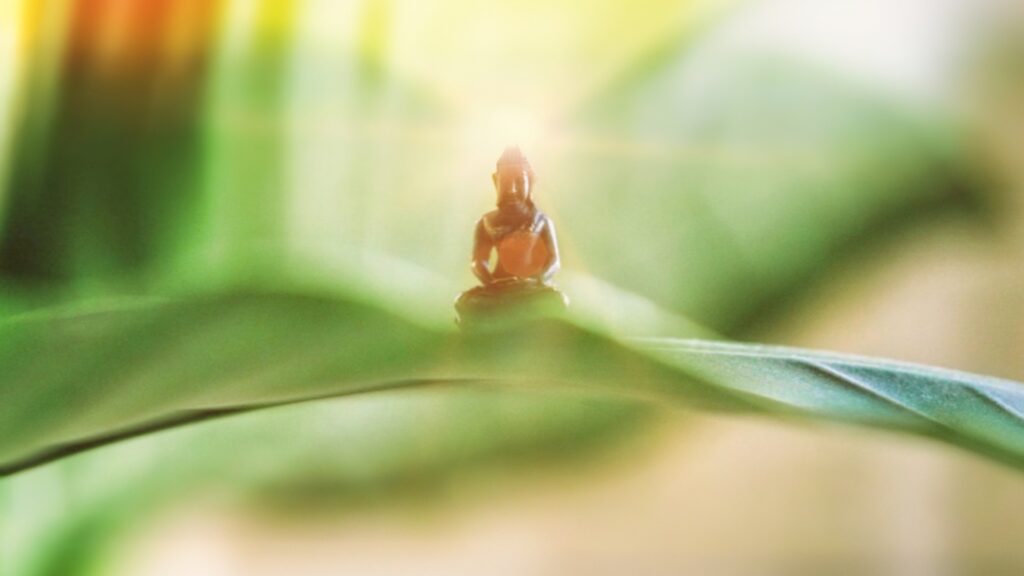
In this four-part series, A. H. Almaas gives a thought-provoking reflection on Sleeping, Dreaming, and Dying with the Dalai Lama. In Part 1 of this series on Buddhism, A. H. Almaas explores the possibility that there is a missed opportunity to bridge concepts of soul and continuity of consciousness.
Missed Opportunities
By A. H. Almaas
Originally posted February 2013
A year ago a friend gave me a book titled Sleeping, Dreaming, and Dying—An Exploration of Consciousness with the Dalai Lama, edited and narrated by Francisco Varela, Ph. D. published in 1997. It is a narration of one of the first times His Holiness the Dalai Lama (HHDL) met and dialogued with Western scientists and researchers. The group included philosophers, psychologists, ecologists, neuroscientists, and anthropologists. Because HHDL was not only knowledgeable both intellectually and experientially with the Tibetan teaching systems but also open to listen and question, I found this an unusual opportunity for a dialogue and true investigation that crossed the boundaries of both religions and research areas. And it was clear that the Western researchers came prepared.
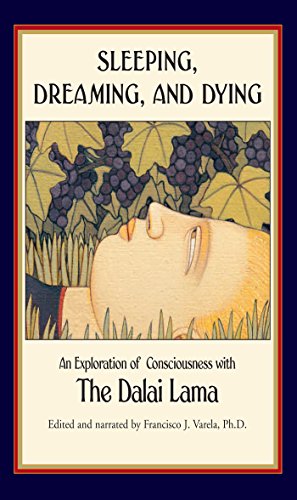
Dreams, Lucid Dreaming, Sleep
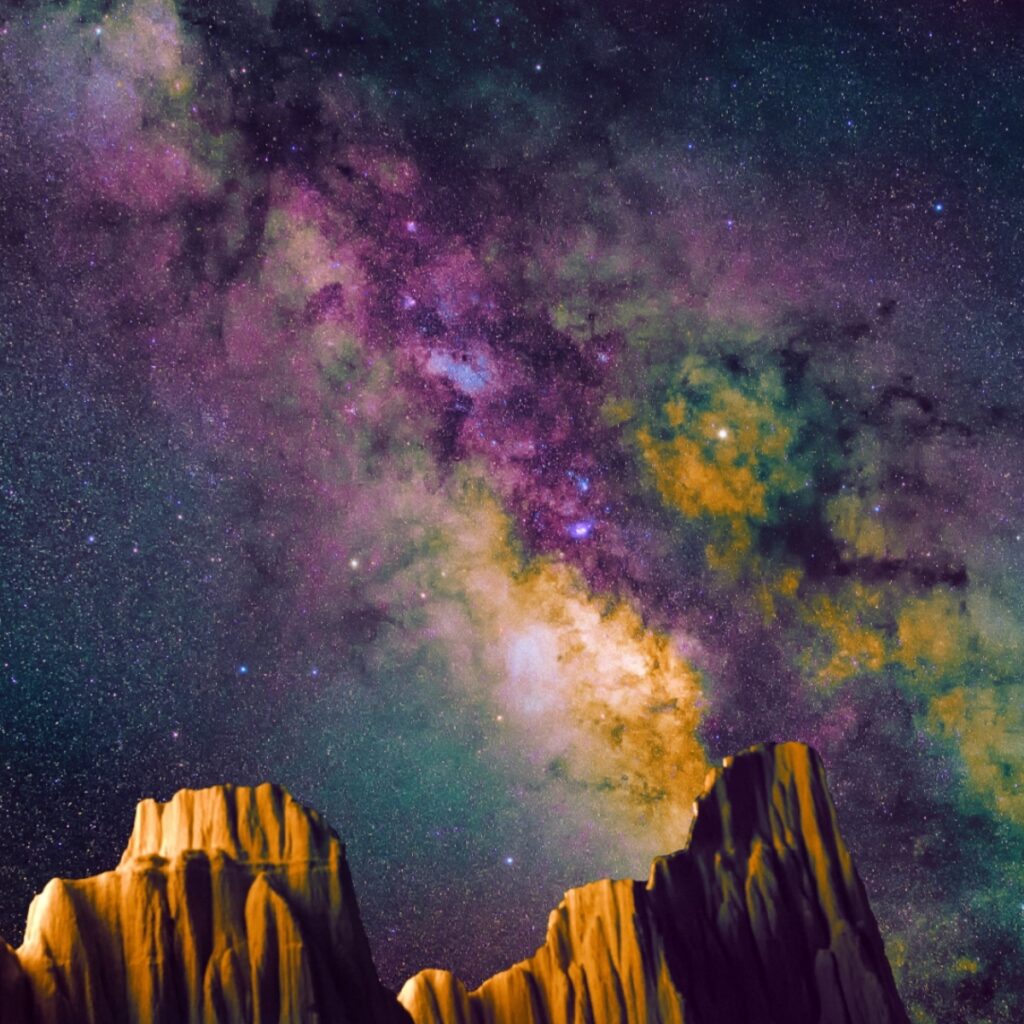
Reading the book, I found the topics interesting. The discussions were mostly about dreams, lucid dreaming and its practices, sleep in its varieties both in the Tibetan Buddhist perspective and Western science, and death and dying. Given the topics covered, a great deal of time was spent on the nature of consciousness and awareness. I found almost all of the discussions interesting and satisfying. But I was left feeling that on two significant occasions an opportunity was missed for an even greater delving into the interface between Tibetan Buddhism and Western thought.
In the Chapter on “Dreams and the Unconscious”, the discussion centered on the nature of consciousness and the self, especially on what accounts for the continuity of experience and consciousness. The discussion became interesting particularly because the Tibetans believe there is a continuity between various lives of different incarnations, at the same time they do not believe in the existence of a self that abides or a soul that can survive death. HHDL first explains the Prasangika Madhyamika view—coming from the Sutra not the Tantra division—of how the continuity of self or person is understood in conventional terms:
“The validity of the person’s continuity is explained conventionally: in conventional terms, you can validly say that I had a previous experience at a particular time which has resulted in my present behavior. That is, you can maintain that this person, ‘I’ who is experiencing the consequence now is ‘same person’ as the person who had the earlier experience.” p. 93.
The idea is that we can see and say such things but that upon investigation we cannot find such a person or “I”. There is experiential continuity but no ontological basis for it. This is the most common Buddhist view of how we seem to have a continuity of experiencing ourselves.
Continuum of Consciousness
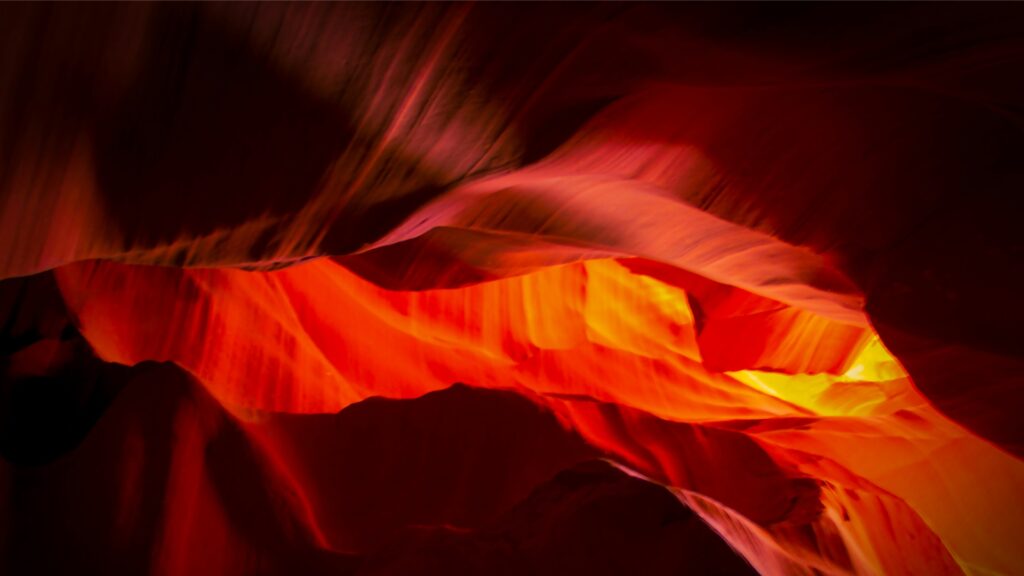
The interesting thing is what HHDL said after that. It is something I have heard and read many times as expressed in some of the higher tantras of Tibetan Buddhism, but I have not seen or heard of any Westerner seeing the implications of it in terms of our Western notions.
He goes on to say: “The tantra, or Vajrayana, perspective is perfectly compatible with the Prasangika view, but also posits something further, namely a continuum of a very subtle mind, and a continuum of very subtle vital energy, which is of the same nature as that subtle mind.” This topic actually arose in the discussion several times in the days that the Western researchers dialogued with HHDL, but not even once did any of them grasp its import as it relates to Western concepts of person or “I”, or if anyone did, nothing was said about it.
The main point is the following: “This twofold continuum is forever unbroken, from beginningless time to endless future; and this is the subtle basis of designation for self. So the self can be designated on the basis of gross physical and mental aggregates, and also on the basis of these very subtle phenomena.” p. 93
HHDL continues to explain that even though there is such a subtle consciousness that continues through life and death—through all of life and through many incarnations—it ultimately has no inherent existence. He also defines the gross continuum as that of the ordinary emotions and thoughts, and the subtle continuum as that of the nature of clear light. But also that the latter carries the former, and the former tends to obscure the latter, that is, the clear light nature of the continuum.
In other words, the continuity of experience for any person is explained by a continuum of consciousness that has two levels: 1) one gross consisting of ordinary emotions and thoughts and 2) one subtle that is the nature of clear light.
The Individual Soul

When I was reading that, I was wondering what more did HHDL have to say in order for someone to realize he was talking about the individual soul as described in Western religious and philosophical traditions. Without saying the word, HHDL was actually saying, as many of the texts of the higher tantras clearly and repeatedly indicate, that there is a soul—that each individual is a soul that continues throughout life and after life.
“Not so fast,” some might say. “You must not forget that HHDL made sure to state that the subtle continuum of clear light does not have an ultimate inherent existence. Clear light is empty of inherent existence.” Yet, we need to remember that Buddhism denies such inherent existence to any and all things. It denies it to the body, to the mountains, to Buddha, to everything. So the continuum of awareness is not singled out here; it, like everything else, is characterized ontologically by nonbeing—in other words, its being is inseparable from its nonbeing. This has been an invaluable contribution that Buddhism has brought to spirituality, that regardless of how ordinary or sublime, everything is empty of ultimate or inherent existence.
Yet, we each are this continuum, experience ourselves as it and cannot have any experience without it. In other words, the continuity of experience is due to the fact that we are each a continuum of consciousness, awareness, or clear light, that carries the ordinary experiences of emotions, thoughts and images.
This, in a nut shell, is actually the definition of soul in Western thought.
I am bringing this up because Buddhism continues to insist that there is no self or soul. This is what sets Buddhism apart, not only from the atman concept of the Hindu schools, but from the Western traditions that adhere to the view of soul. Had I been in that discussion, I would have politely said: “Your holiness, you are here talking about what we in the West call soul. You are, in effect, agreeing with our philosophy and religions that hold that each of us is a soul that continues even after death!”
Lost Opportunity
.This was the opportunity that was lost, the opportunity to see that there are common threads between Western thought and Tibetan teachings about a continuum that is the basis for the concept of self. It would have been an opportunity to show that there is not as big a gulf as most people think between Buddhist thought and Judeao-Christian-Islamic thought. That the notion of soul as a continuity of experience that has at its heart a real consciousness, a true clear awareness, corresponds to the underlying continuum of consciousness of many Buddhist tantras, a continuum that the Tibetan Buddhists believe has the nature of clear light. It would have been a real dialogue, and a fruitful one at that, in bringing the various faiths closer together.
Soul Not a Reified Entity
Then again, there are some who might object that soul in the Western tradition is a reified entity, which is exactly what Buddhism wants to deconstruct. On the face of it, this is a valid objection for most ordinary people in the West use the notion of soul in a reified way. However, this is not how the soul is understood in the mystical traditions of Judaism, Christianity and Islam, nor in the Hindu traditions that Buddhism tends to debate. We can easily find references in all these mystical traditions to soul as a flow of consciousness, as a dynamic continuum of consciousness. Many understand that this flow is actually not a flow in time, but a dynamic unfoldment from the unseen world to the world of actuality. It is an upwelling that possesses a continuity, just like the flow of water from a fountain. In fact, in many of these teachings, as in some of the major philosophical traditions of the West such as Plotinus or Whitehead, there is a great care not to reify the soul and make it into a rigid or fixed entity.
Maybe none of the researchers who were having the discussion with HHDL knew of this understanding or experience of soul, or it did not occur to them, or they were too polite to contradict a major Buddhist tenet with HHDL. But it is obvious to me that HHDL has the kind of openness to have welcomed such a discussion for he has been seeking common elements in the various traditions. I think a great opportunity was missed, which I hope will not happen the next time such an opportunity is presented.
It is important to point out I was not just reading, enjoying and benefiting from the book. I always read a book by engaging my own understanding and experience. Any book becomes an interaction with what I already understand and have experienced, and hence I do not just accept or reject, but rather contemplate.
I depend on an omnidirectional openness to hear and understand what is being presented, while not forgetting or side stepping what I already know from experience.
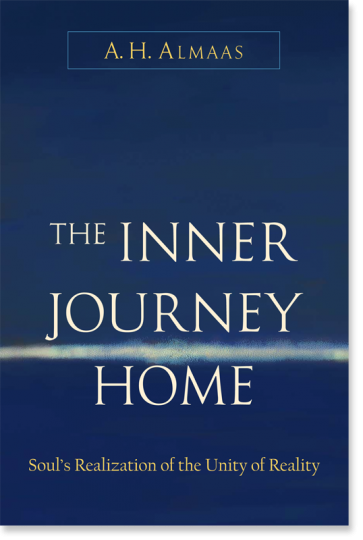
I spent the first 200 pages of my major work, The Inner Journey Home, on a discussion of what soul is and how we tend to experience it as our ordinary self. In the book, I stated that once clarified of our ordinary or gross experiences and identifications, the soul reveals itself to be a flow of consciousness—a continuum of awareness that is aware of itself. Also, when its emptiness is finally recognized, the soul has the character of what the Sufis call the “clear soul,” the seventh and last of their stages of the development of the soul. I think HHDL would have been delighted to hear of this, even though it might have put him to wondering about the age-old Buddhist position that there is no soul.
